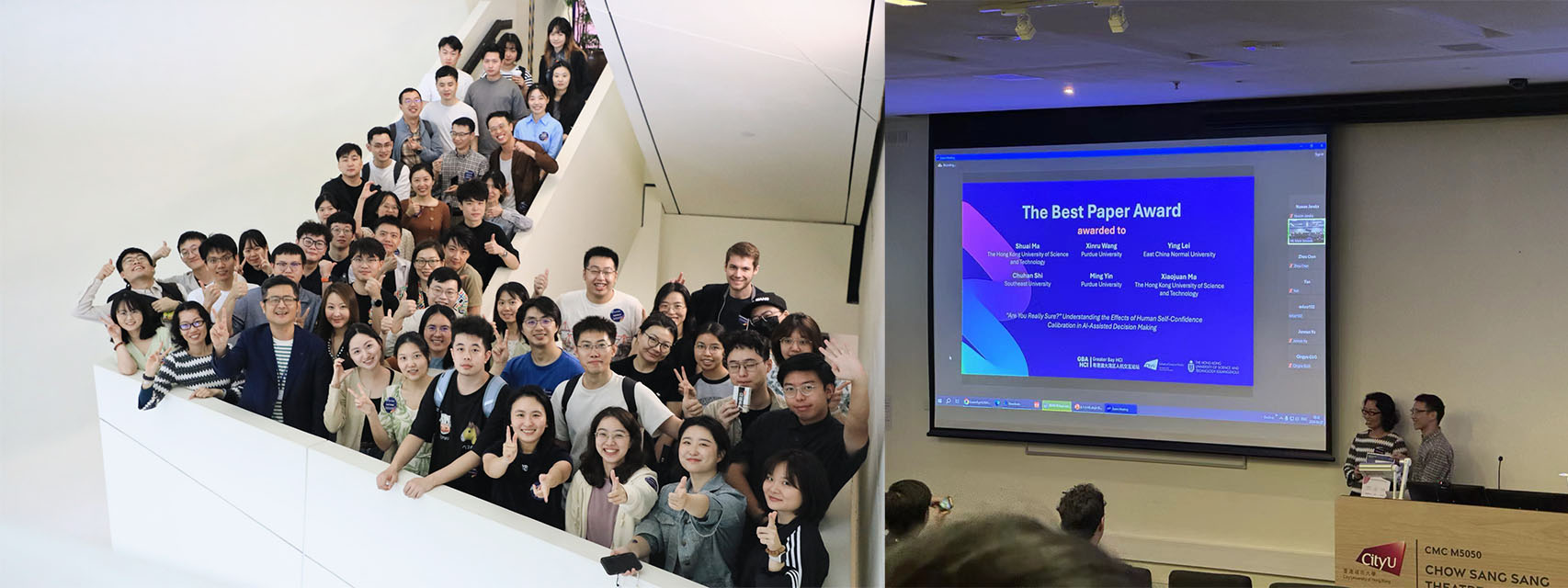About Us
The HKUST HCI Initiative aims to drive creative, transformative research, education, and practices with an emphasis on designing technologies that better fulfill human needs and values. In particular, the HCI Initiative uses data as a bridge to cross the boundary between the virtual and the physical world, targets real-world problems in radical collaboration with academic, industrial, and government partners, and introduces new pedagogy with HCI@ Intersection of technology, art, and entrepreneurship.
Our Mission
Our mission is to build a leading HCI research group in Asia and the world, prepare new generations of students for human-centric, data-intensive, business-critical challenges of our times, and put HKUST on the map of the HCI field. HCI can complement the strengths of the existing programs and create synergy among faculties from different research areas, particularly with strong connections to three of the five main areas (i.e., Data Science, Autonomous Systems, and Entrepreneurship & Design) identified by HKUST for hiring.
Our HCI initiative will focus on data-driven approaches to empowering the seamless integration of the digital realm and the physical world, and demonstrate the excellence through ground-breaking innovations, high-impact publications, novel education program, and recognition by the industry.
Research Aim
The HCI Initiative aims to build an ecosystem of human-machine hybrid computing, which bridges the virtual and the physical world via communication through and beyond data. Various research activities will be carried out in collaboration with academia and industrial partners in areas such as:
- Frontend: intelligent, natural user interface – multimodal and multisensory interaction with data
- Visual and sonified interface (e.g., visualization, sonification, speech, animation, virtual/augmented reality, 3D printing, etc.)
- Tangible interface (e.g., mobile devices, wearable devices, smart environment, etc.)
- Backend: making sense of data to gain better knowledge of the crowd and the environment
- User modeling (e.g., social media, crowdsourcing, etc.)
- Context modeling (e.g., urban computing, affective computing, etc.)
- Thinking
- Design philosophies that integrate merits from Eastern and Western thinking (e.g., sustainability, harmony, etc.)
- Design theories related to new media and platforms (e.g., game, E-learning, etc.)
- Design methodologies and practices using MIT media lab, Stanford d.school, etc. as benchmarks

